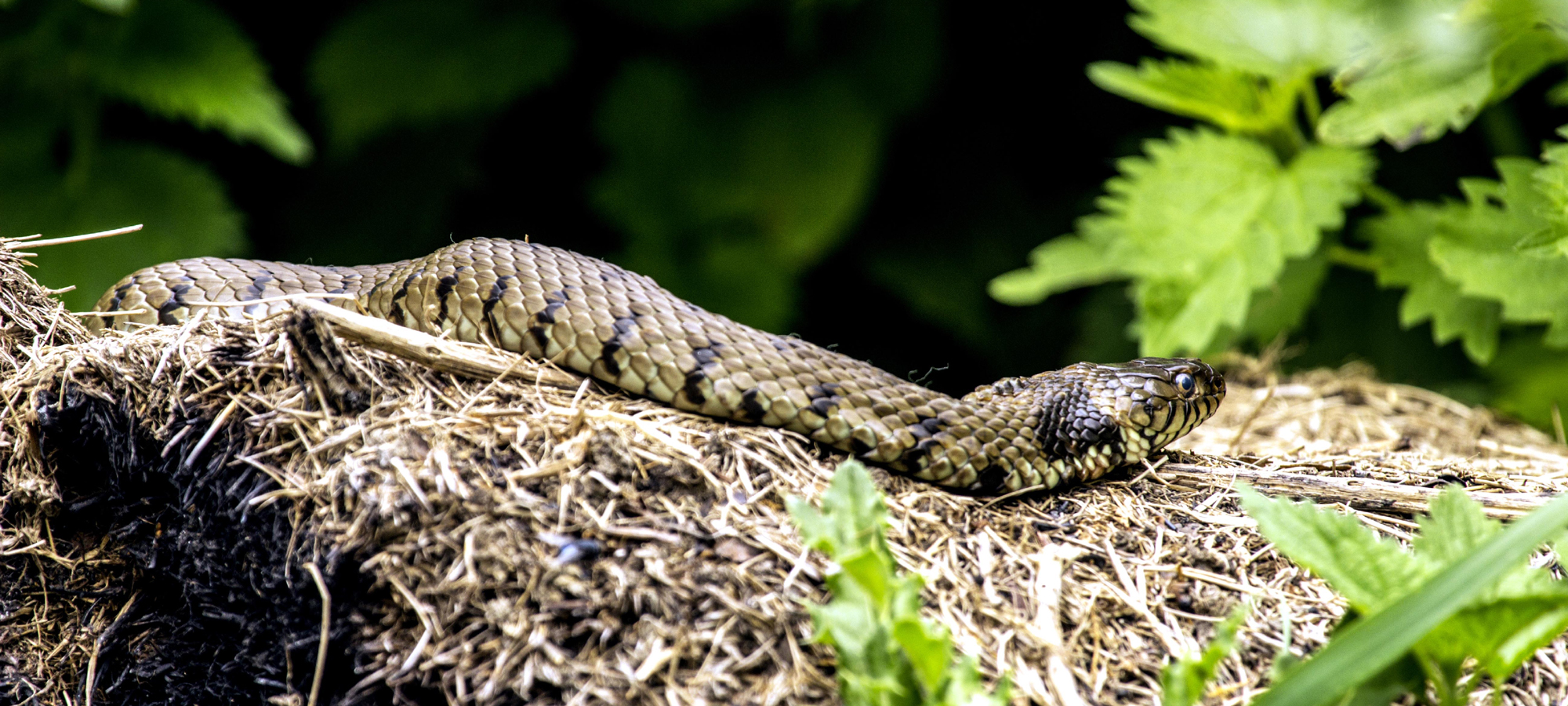Reptile Surveys and Mitigation
There are six native terrestrial species of reptile found in the UK which are often grouped into two categories; ‘widespread’ reptiles and rare reptiles. The widespread species consist of two lizard species, viviparous lizard and slow-worm, and two snake species, adder and grass snake. Both lizards are found throughout England in a range of habitats, including brownfield sites. Grass snakes are also found throughout England, sometimes encountered in urban areas such as gardens and often associated with water bodies. Adder distribution is patchier and they are scarce in some counties. They are most often found on heathland, meadows and in woodland glades.
There are two rare species of reptile, both restricted in their distribution due to their exclusive habitat preferences. Sand lizards are found on heathland and dunes, mainly in southern England (majority of populations are in Dorset, with small numbers elsewhere). Smooth snakes are found exclusively on a number of heathlands in southern England, from Surrey to Dorset.
Reptile activity varies according to the species and is highly seasonal and weather dependent. Generally they hibernate when the temperature becomes unfavourable, usually from October to March and are active outside of these times. However, during the active period their behaviour is affected by weather conditions and breeding activity. Typically they are active in warm, dry weather, but avoid prolonged exposure to the sun on very hot days. If your development site includes coarse grassland, open scrub, hedgerows and woodland edge habitats, you may need to survey for this species before applying for planning consent. This applies to many urban and residential areas, recreational grounds, golf courses, allotments and rail corridors.



